Enclosed Ecosystem Platform
Parent institution: Natural Resources Institute Finland
Active since 1968
Active through April-October
Fields of study
- Environmental sciences, Pollution
- Soil science
- Terrestrial biology, Ecology
- Other
Contact Information
Riikonen, Johanna
email: johanna.riikonen@luke.fi
,
email:

